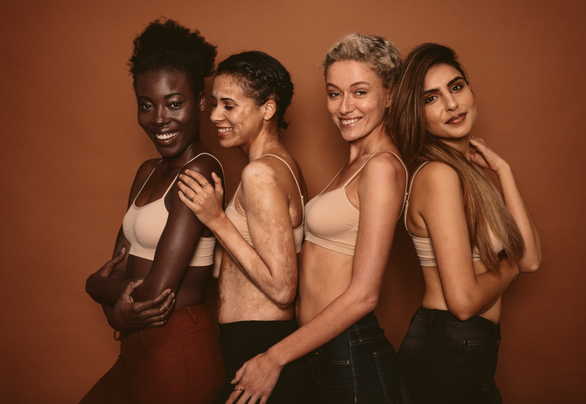
When brands make the effort to be authentically inclusive in their advertising, it can pay dividends in terms of customer loyalty as well as for their bottom lines.
Well ahead of the racial justice protests that took place in the summer of 2020, there was a consumer-driven push for brands to be more intentional about addressing representation in their advertising. Advertising has the responsibility to reflect society as it is, while also having the power to shape it into what it could be. As brands felt pressured to align themselves in support of the Black Lives Matter movement on social media, consumers began to hold them accountable for the lack of representation in their advertising (as well as on their senior leadership teams, which often results in a lack of diversity in customer-facing assets).
The continued evolution of social media means the platforms have become an unsolicited, real-time focus group for companies, giving consumers a direct line of communication to speak their minds about what brands are doing, even when it comes to their advertising practices.
People let their spending habits do the talking as well, and as is specifically the case with younger consumers, they only want to spend their money with companies whose brand stories are in line with their worldview. That perspective includes the experiences and life stories of everyone, and consumers are becoming increasingly vocal in their demands for brands to be more aware of inclusive casting and messaging in their advertising. When people feel consistently excluded, or underrepresented in a brand’s advertising, it can lead to the development of negative feelings about that particular company.
The failure of brands to make the effort to authentically prioritize diversity in their advertising broadcasts the message that they only value and want the loyalty of certain groups of people. That is a message that can be hard to shake off once it has been established.
The numbers bear out this desire on the part of the public for brands to actively aim for more diversity in their advertising. In a study conducted by Facebook IQ in 2021, and partially published by Forbes, 71% of consumers surveyed stated that they expect brands to promote diversity and inclusion in their online advertising, but more than half (54%) don’t feel fully represented in online ads. The study also found that 59% of consumers are more loyal to brands that commit to inclusion in their online advertising and 59% of that group prefer to buy from such brands.
And when it comes to Gen Z, a coveted demographic, a recent study by Microsoft, which specifically targeted the effects of inclusion in advertising on Gen Z, found that 70% of younger consumers are more trusting of brands that represent genuine diversity in advertisements, and 49% of them have stopped purchasing from a brand that did not represent their values.
So what can brands do to create more inclusion in their advertising and messaging, while also steering clear of stereotypical portrayals of minorities and other marginalized groups? In addition to the obvious goal of creating ads that consistently feature a more diverse cast, companies should keep a more multicultural audience front and center.
Capturing that audience can be accomplished in a couple of ways, such as recruiting a diverse group of quality influencers who can be trusted to represent the brand effectively and speak authentically to their following and spark true engagement. Seeking partnerships with minority-owned media platforms is also a productive way to tap into their captive audiences while providing an opportunity to get valuable feedback from their leadership to prevent unintended bias or misrepresentation.
Fostering genuine inclusion should become a clear objective as a way for companies to do business, both in the boardroom and in customer-facing endeavors, and should not be embraced just as a means to fortify their bottom lines. Anything that is perceived to not be authentic will be quickly sussed out by consumers, and they will make sure that any misstep will live on in infamy online for a long time to come.
We have used eyes4research for a number of internal product and marketing projects. We have found their services to be professional, accommodating and responsive. The quality of their audience is top notch and their data is very reliable.
The team at Eyes4Research provided us with quick answers to complicated questions. Their personal support allows us to launch surveys at short notice, while the online dashboard makes it easy to analyze responses and visualize the results.
After working with the team from eyes4research, we decided to move all our survey research to online, and now we are able to conduct research fast, less expensive, and with more accurate samples than ever in our business history.
Eyes4Research provided outstanding support managing a large scale survey we conducted in the United Kingdom. The team works with high professional standards, competency and provided timely delivery throughout the project.
The team at Eyes4Research worked with me not only for getting consensus on the presentation, but also accommodated my inclusion criteria without hesitation. Additionally, I loved the dashboard and the features available for reporting.